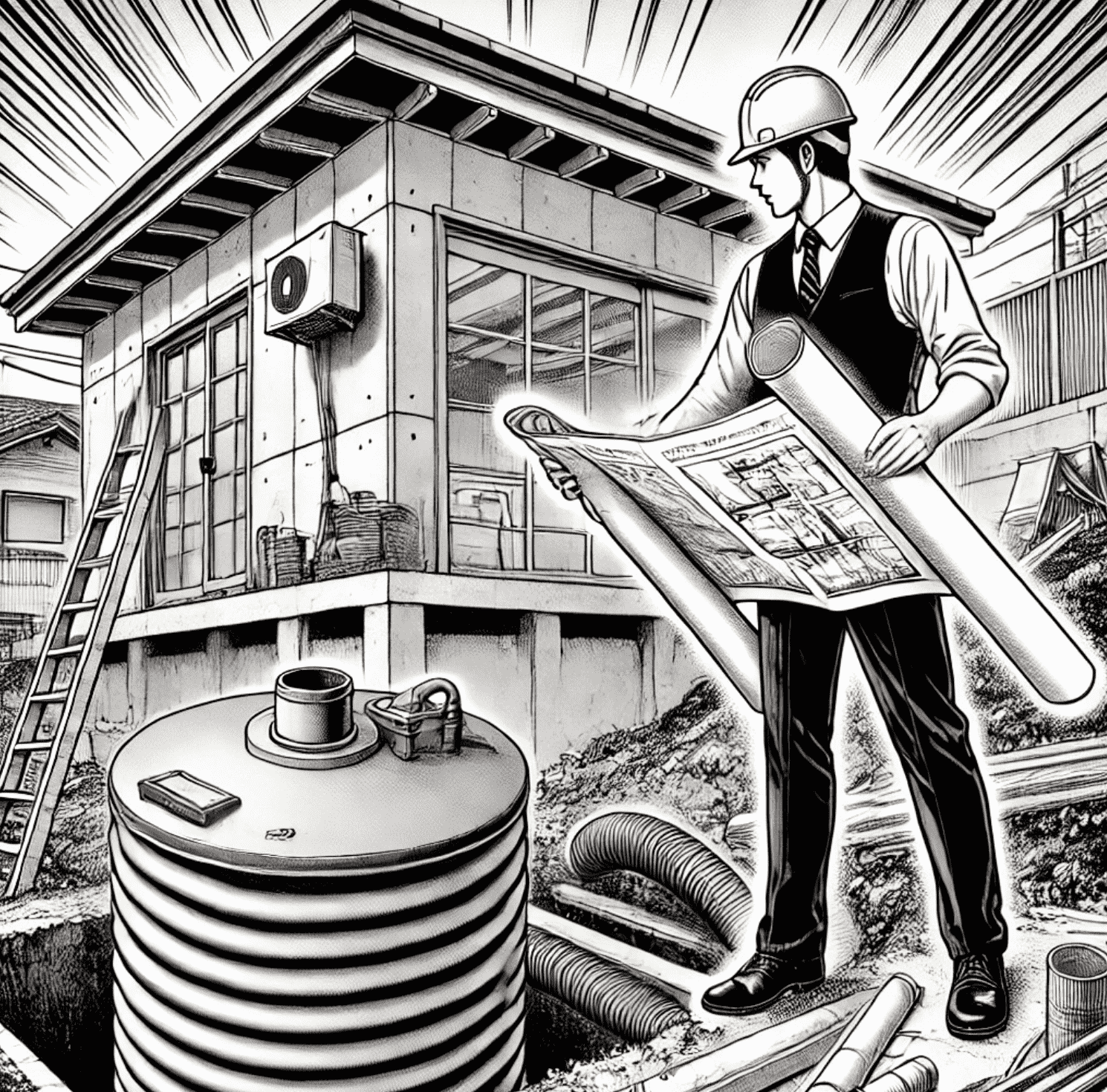You’re about to add an Accessory Dwelling Unit (ADU) to your property—smart move. Whether it’s for extra income, a place for family, or boosting your property value, an ADU can be a great investment. But here’s the catch: before you break ground, there’s one critical piece that often gets overlooked until it’s too late—the septic system.
This isn’t the most glamorous part of building an ADU, but trust me, it’s essential. Ignoring your septic system can lead to massive headaches, costly delays, and even legal issues down the road. So, let’s get into what you need to know.
Why Your Septic System Matters (A Lot)
Think about it: you’re adding another living space to your property. That means more water usage—more showers, more laundry, more dishes. Your septic system is the unsung hero that’s going to handle all of that waste. But can it actually handle the additional load?
If your current septic system isn’t up to the task, you’re looking at potential backups, failures, or even contamination issues. And guess what? That could mean expensive fixes, health risks, and a whole lot of frustration. The last thing you want is to finish your ADU and then realize you need to tear up your yard to install a new septic system.
The Basics: How Septic Systems Work (And Why You Should Care)
Let’s break this down. A septic system is essentially your property’s personal wastewater treatment plant. Here’s how it works:
- Wastewater Exit: Everything that goes down your drains—yes, everything—flows out into the septic tank.
- Septic Tank Magic: Inside the tank, solids settle to the bottom, forming sludge, while oils and grease float to the top as scum. The liquid in the middle is called effluent, and that’s what flows out to the drain field.
- Drain Field: The effluent is filtered through the soil in the drain field, where it gets treated before it seeps into the groundwater.
Now, imagine adding an ADU to the mix. That’s a lot more wastewater for your system to handle. So, before you even think about construction, you need to make sure your septic system can manage the additional load.
What to Consider Before You Build Your ADU
1. Assess Your Current System’s Capacity
First things first: is your current septic system designed to handle the extra demand? Septic systems are typically sized based on the number of bedrooms in a home. Adding another unit means adding more potential wastewater.
Get your system evaluated by a professional to see if it can handle the extra load. If it’s too small, you’ll need to upgrade—there’s no way around it. Yes, it’s an upfront cost, but it’s nothing compared to what you’ll pay if your system fails later.
2. Permits and Local Regulations: Don’t Skip This Step
Before you get too far into planning, check your local regulations. In many areas, you’ll need to get permits for any changes to your septic system. This isn’t something you want to try and bypass. Getting caught without the proper permits can lead to fines, delays, and potentially having to redo work you’ve already completed.
3. Consider a Separate System for Your ADU
If your property has the space and you’re planning a larger ADU, it might make sense to install a separate septic system just for the unit. This way, you avoid overloading your existing system, and it might even be easier to get approved by your local health department.
4. Maintenance Matters: Don’t Forget the Upkeep
Let’s be real—installing or upgrading a septic system isn’t a “set it and forget it” situation. Regular maintenance is crucial to keep everything running smoothly. Make sure you know what’s required and set up a schedule to have your system inspected and pumped as needed.
Final Thoughts: Plan Ahead, Save Money
Look, no one wants to think about septic systems when they’re excited about building an ADU. But skipping this step can cost you big time in the long run. By planning ahead and making sure your septic system is up to the task, you’re setting yourself up for success.
Do the research, consult with professionals, and get the permits you need. It’s a bit of a hassle now, but it’s worth it to avoid the massive headaches (and costs) that come from ignoring this crucial part of your ADU project.
